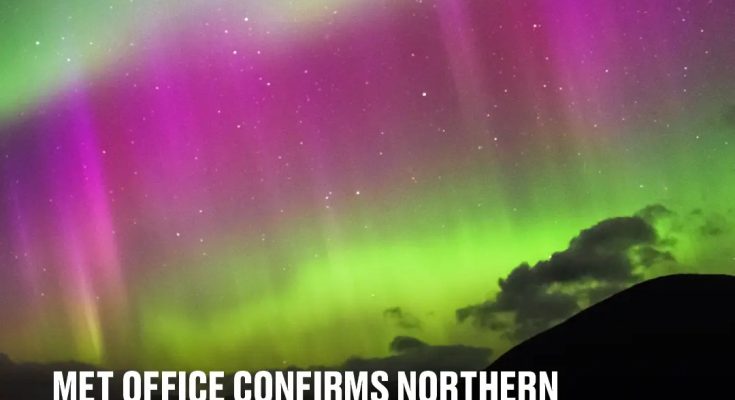Among all the weird things that’s happened this year, seeing the northern lights so clearly across the country certainly feels like one of them.
It’s fair to say plenty of us were pretty baffled when they filled the skies across the UK earlier this year. And then it seemed to just keep happening for some lucky buggers.
So, keeping with that trend the Met Office has confirmed the northern lights are going to return for a ‘once in a decade event’.
They might as well start paying rent at this point.
Because of a flip of the Sun’s magnetic field, the aurora borealis are set to be visible further south than usual more often in 2025.
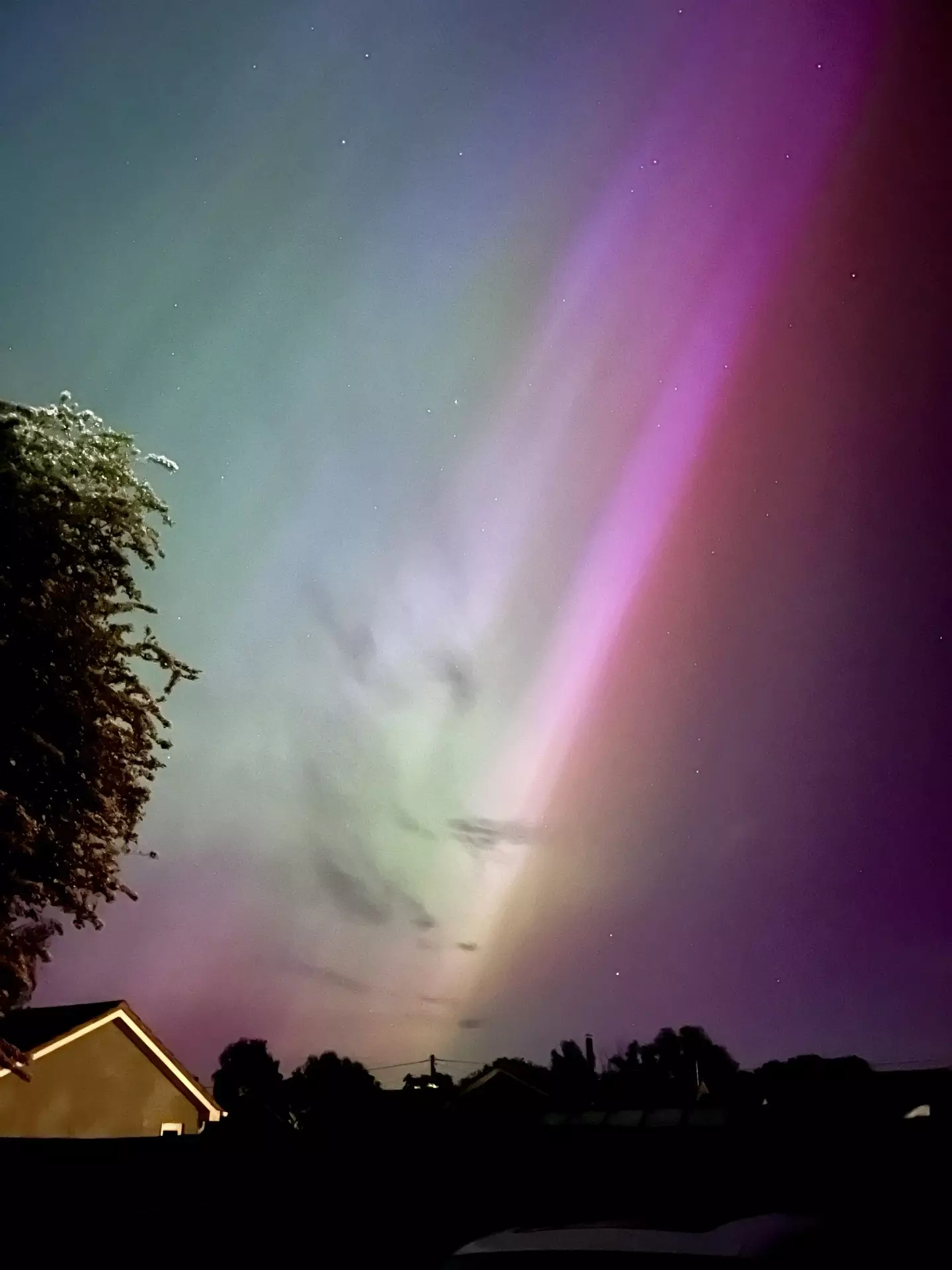
We had it pretty good this year. (Getty Stock)
This shift in the Sun’s magnetic field happens every 11 years or so and we’re currently in the tail end of ‘solar maximum’.
Basically that’s when there’s a peak in the number of sunspots, with solar flares being fired out and causing the famous northern lights.
Space Weather Manager of the Met Office Space Weather Operations Centre (MOSWOC) Krista Hammond explained: “We’re now in the solar maximum phase, which means there’s more frequent sunspots and solar activity in general. While it’s not possible to know precisely what this means for individual Earth-directed solar events, it does mean there will likely be further chances of aurora visibility in the UK in the coming months.
“While we’re in the solar maximum phase now, which could last a year, it’s not possible to know exactly when the number of sunspots peaked until some time after it has happened.”
This whole ‘maximum phase’ stuff means there’s an ongoing chance of space weather activity, like when we had the strongest geomagnetic storm on Earth in two decades back in the Spring.
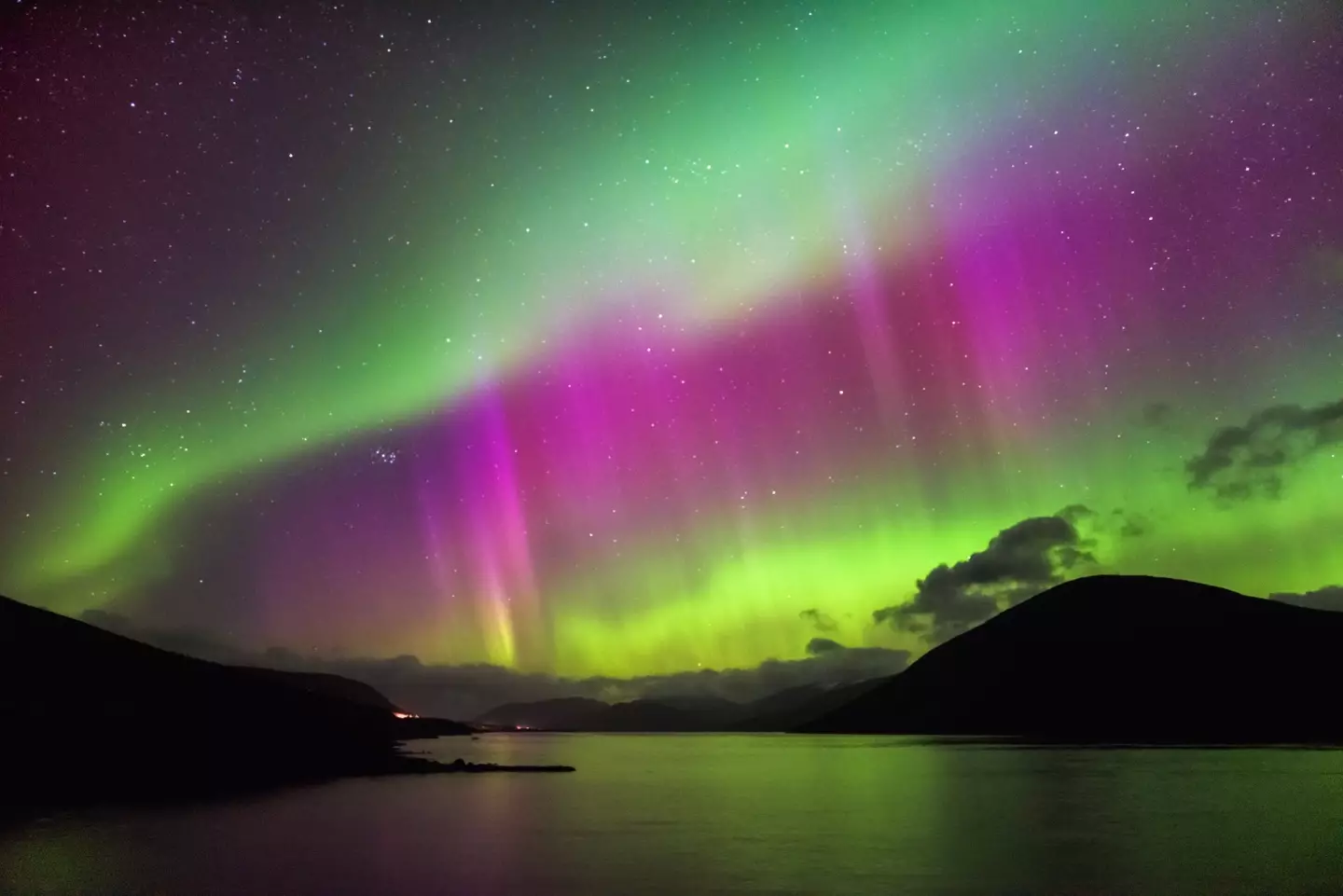
There’s time to see them soon. (Getty Stock)
“A similar, though less strong, event reached Earth earlier in October, providing aurora visibility as far south as parts of central and southern England and Wales,” the Met Office added.
Scientists generally agree solar maximum is going to be reached next year and this would mean the area where the northern lights are visible will get even wider.
And when the phase is over, acitivity on the Sun’s surface will gradually reduce in the coming years as it gets to solar minimum.
“While the total number of sunspots will start to reduce after solar maximum, we will continue to see space weather throughout the solar cycle, even as overall activity declines. Indeed, in some solar cycles, the larger events can happen as the Sun transitions back towards solar minimum,” Hammond added.
“It’s our job in MOSWOC to forecast these events in the coming months and years to minimise any potential disruption to satellite operations or some ground-based infrastructure.”
Featured Image Credit: Getty stock
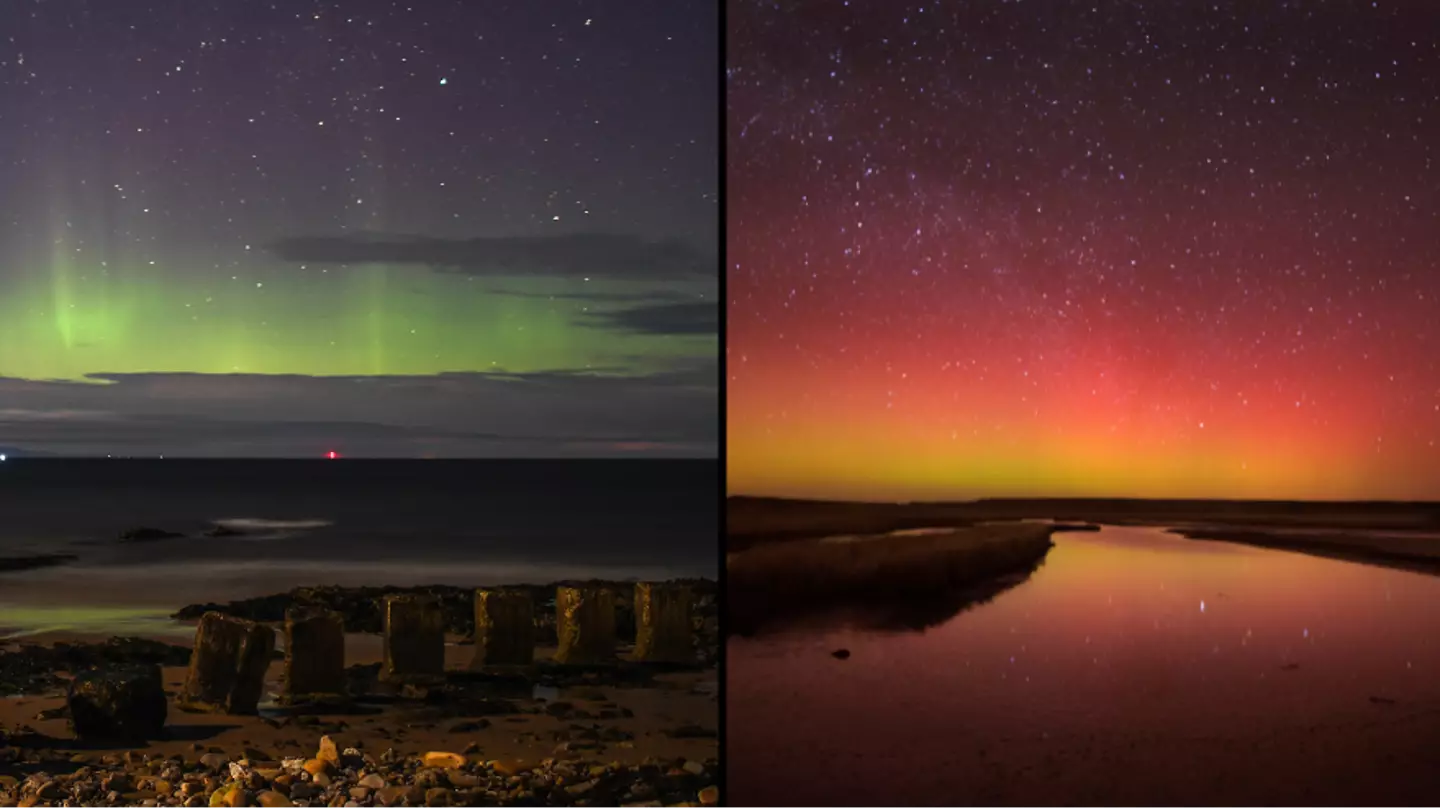
People chasing the Northern Lights often flock to the likes of Sweden, Iceland or Finland to try and witness the phenomenon.
But Brits don’t need to fork out on a flight to get a glimpse of the Aurora Borealis, as they are making a rare appearance in UK skies this evening.
So, get your flasks and big coats at the ready for a long night sat on the doorstep – if your a fan of the incredible display and want to catch it on your home turf.
The Northern Lights are one of the most extraordinary spectacles of nature that some of us are lucky enough to experience.
The sky is literally lit up with waves of green, purple or red, and although those colours are hard to miss, sometimes the weather isn’t always playing ball and clouds can obstruct your view.
The further north you are, the better – whether in the UK or elsewhere. But thankfully, you’ve still got a few hours to decide on your viewing point.
The aurora is best observed in a dark place, away from any light pollution such as street lights, and ideally with a cloud-free sky.
The Met Office told Brits to brace for a Northern Lights display a few weeks ago, as crazy weather conditions in space have brought about powerful geomagnetic storms.
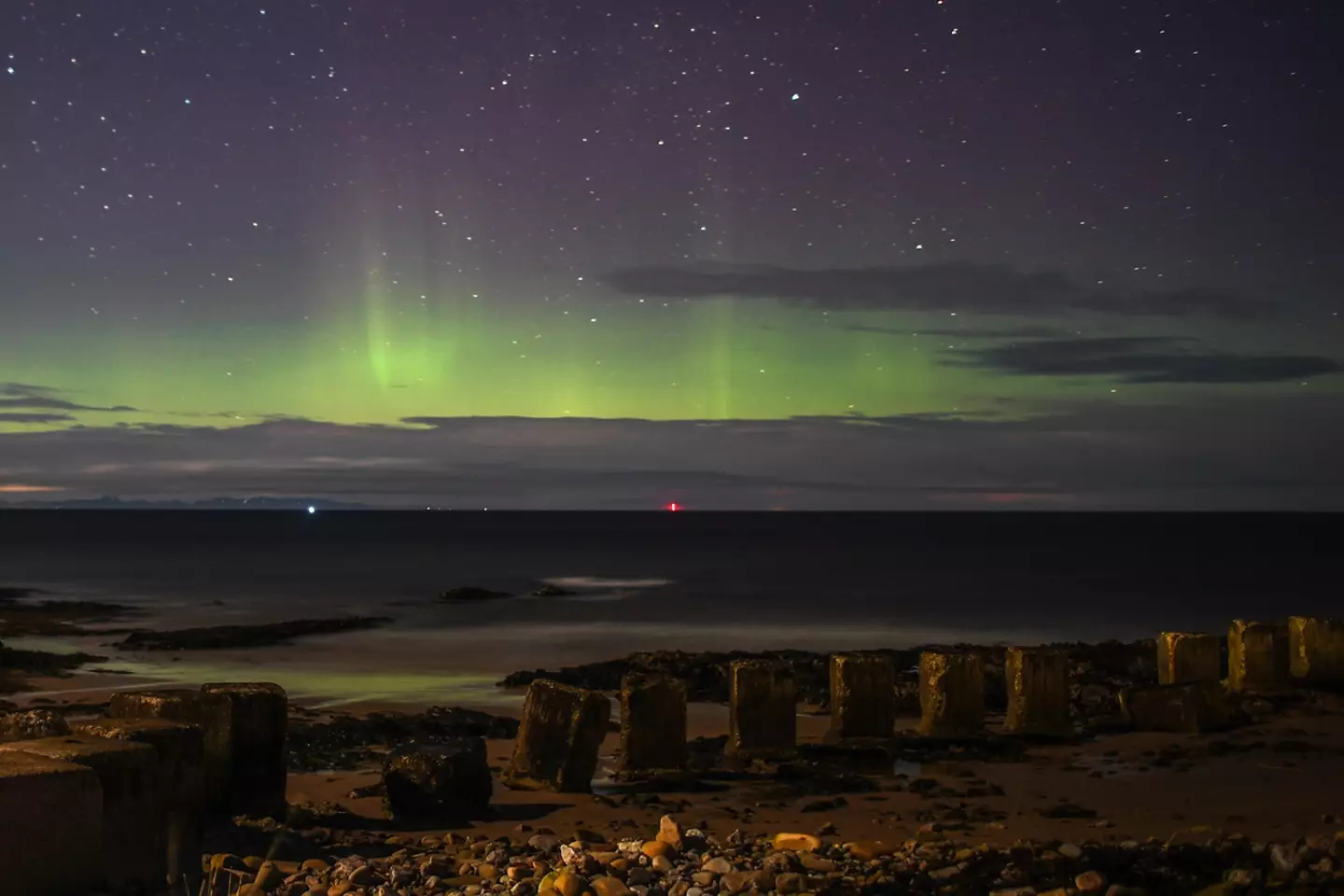
Peter Summers/Getty Images
Ever wondered how the whole lighting up the sky thing actually works, though?
Basically, the natural phenomenon is the result of a ‘coronal mass ejection’, which the Met Office explains is the large expulsion of plasma from the sun’s corona.
When these energised particles hit our atmosphere, it creates the aurora.
“Coronal mass ejections (CMEs) are huge bubbles of coronal plasma threaded by intense magnetic field lines that are ejected from the Sun over the course of several hours. CMEs often look like huge, twisted rope, which scientists call ‘flux rope,'” NASA added.
Now, as the Earth has recently been battered by vibrant expulsions from the sun, Brits have ended up coming up trumps.
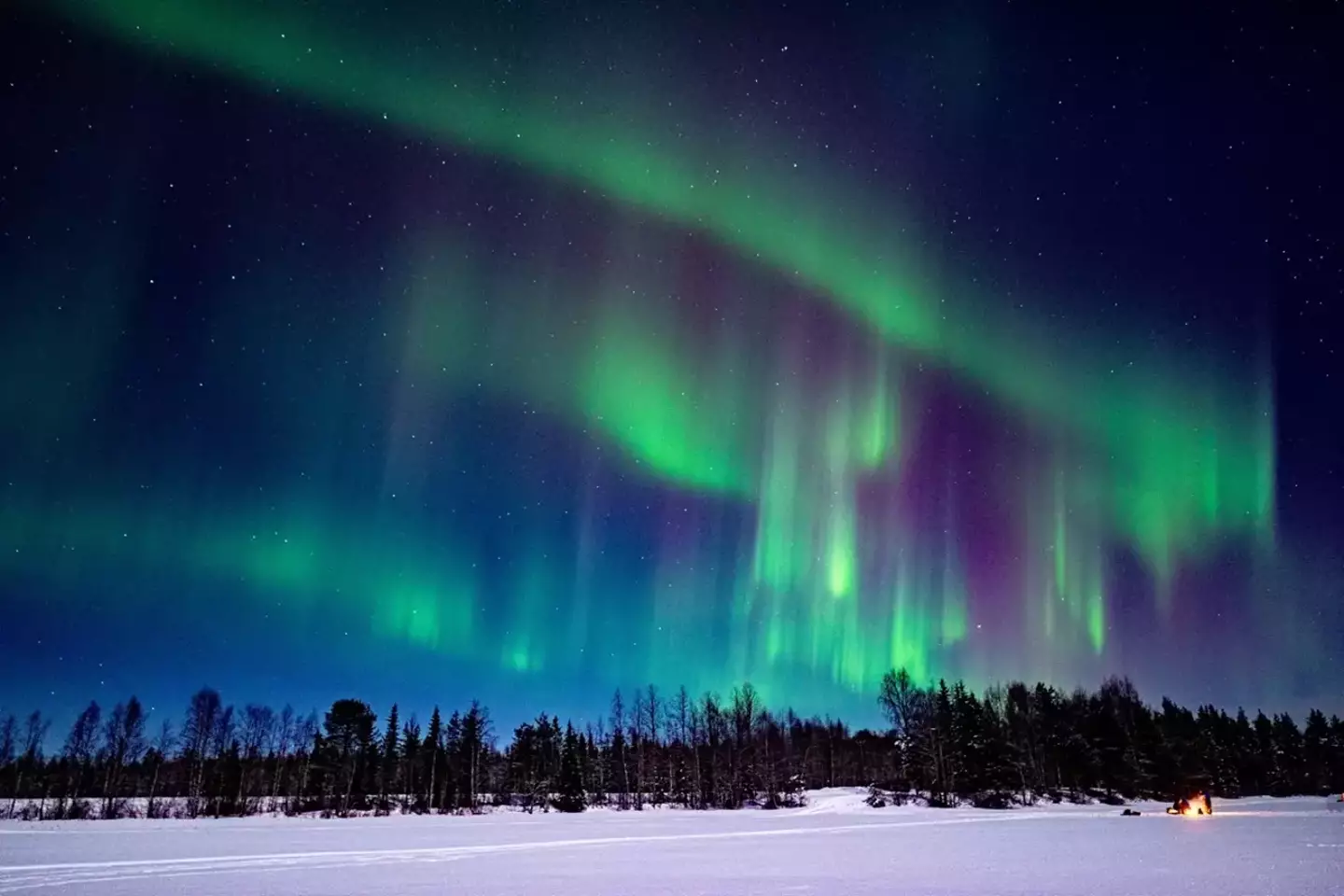
Getty Stock Photos
The Met Office said the aurora should be visible tonight with the naked eye, as far south as Dundee.
People even further south can still join in the fun too, as they may be able to view them by snapping pictures with a decent camera.
A Met Office spokesperson told the Daily Mail: “Cameras help as the long exposure allows loads of light in and enhances the colours more than the human eye can see.
“That is why you see pictures as far south as Cornwall sometimes though you’re unlikely to ever be able to see it with the naked eye that far south.
“Of course there is a much better chance of seeing anything away from urban areas due to light pollution.”
Featured Image Credit: David Tipling/Universal Images Group via Getty Images
Topics: Weather, Space, Science, UK News, Environment
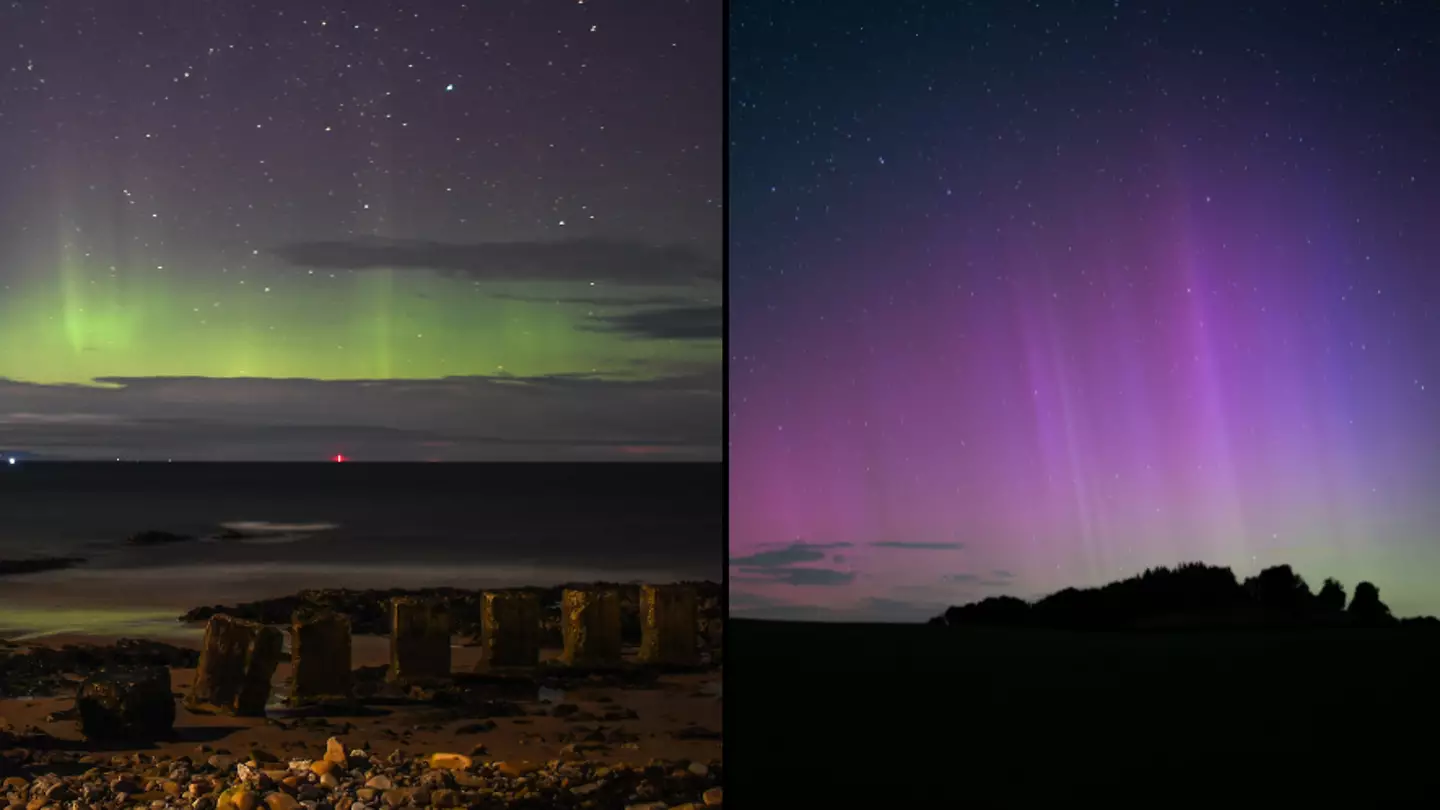
We promise we’re not pulling your leg, but apparently for the hundredth time this year, the Northern Lights are set to return to UK skies this weekend.
Brits have been told to brace themselves for a stunning display up above more often than we would care to admit so far this year – and on a few occasions, some lucky buggers really did get to see them.
It’s no wonder that the news that the natural phenomenon could put on a show once again is wearing a bit thin at this point – but imagine how livid you will be if you miss them, eh?
Forget the boy who cried wolf, as you will probably have us down as the lads who cried the Northern Lights.
Don’t shoot the messenger, though, as we are merely just passing on some information from the Met Office, which has issued some advice about how you can hopefully get a glimpse at the aurora borealis this weekend.
And seen as though they usually only coming out to play within the Arctic circle, it’s worth saving yourself a few quid on a pricey holiday in favour of copping them in your own back garden instead.
For those who don’t know, the Northern Lights are a result of a ‘coronal mass ejection’ (CME), which the Met Office explains is the large expulsion of plasma from the sun’s corona.
When these particles hit our atmosphere, they create the stunning aurora.
And we’ve got a huge ‘solar flare’ to thank for sending the Northern Lights our way this time around.
The CME has been hurtling at Earth at hundreds of miles a second, and when they impact our planet’s magnetosphere – which is the space around our planet that is taken up by its magnetic field – then geomagnetic storms take place.
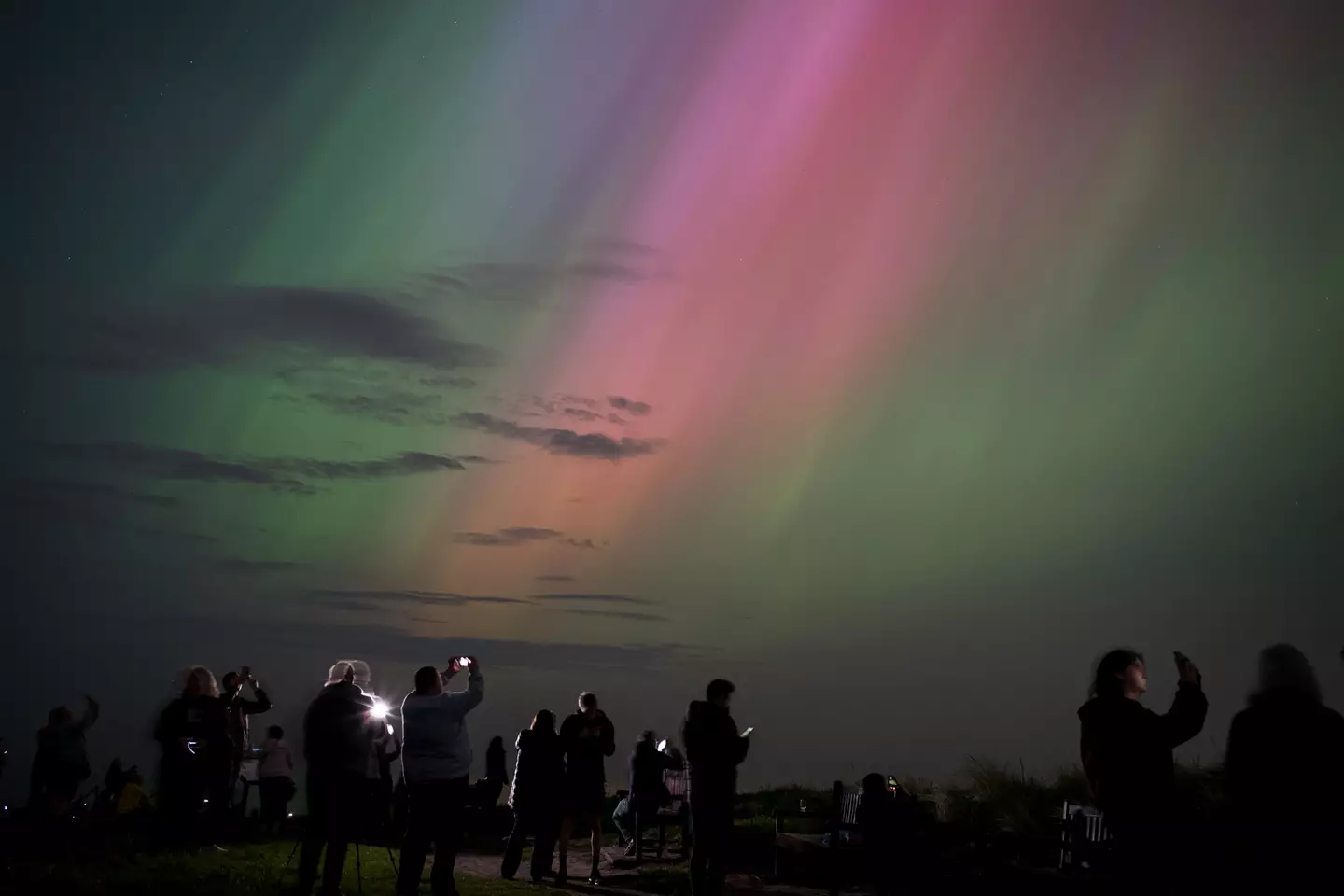
The Northern Lights might make another appearance in the UK this weekend (Ian Forsyth/Getty Images)
These cause aurora displays such as the Northern Lights, while disturbances to satellite communications and power grids being damaged are also a possibility, so it’s swings and roundabouts, really.
According to the Met, we could be in for a period of geomagnetic activity within a matter of hours tonight (4 October).
Meteorologists reckon that being in a spot where skies are clear in either Scotland, Northern Ireland or northern England will give you the best chance of catching the Northern Lights.
Space Weather Manager Krista Hammond explained that they are expected to be most visible on Saturday (5 October) night, the Mirror reports.
“There is the potential for a coronal mass ejection to arrive at Earth late on Friday or early on Saturday, which could lead to visible aurora for Scotland, Northern Ireland and parts of northern England,” the boffin said.
“In addition, we recently observed an X9 solar flare – the largest of this solar cycle so far.
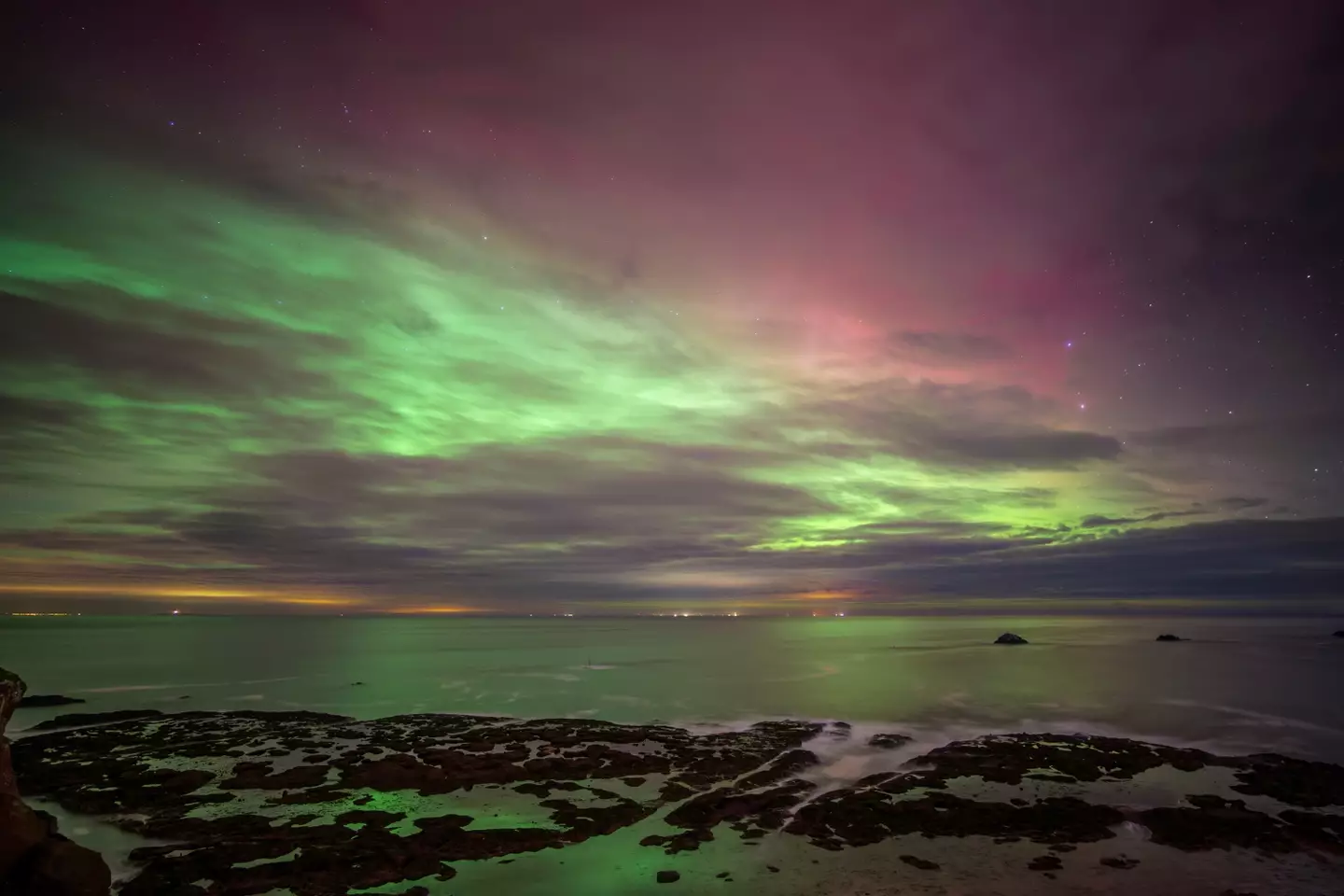
Saturday night is supposed to be the best time to see them (Getty Stock Image)
She continued: “The accompanying coronal mass ejection is likely to arrive at Earth overnight on Saturday into Sunday, meaning that enhanced auroral visibility is possible further south across central England and similar latitudes, though cloud and rain could hamper viewing potential for some.”
Discussing the odds of actually seeing the Northern Lights, Hammond added: “Saturday night has the greatest likelihood of aurora being visible, with a chance that aurora may be visible further south, across central England and similar latitudes.
“Enhancement to the aurora may persist at higher latitudes throughout the remainder of the outlook period.”
So grab your flasks and your camping chairs, as looks like we’re pulling another all nighter for the Northern Lights this weekend, lads.
Featured Image Credit: Peter Summers/Getty Images/PA
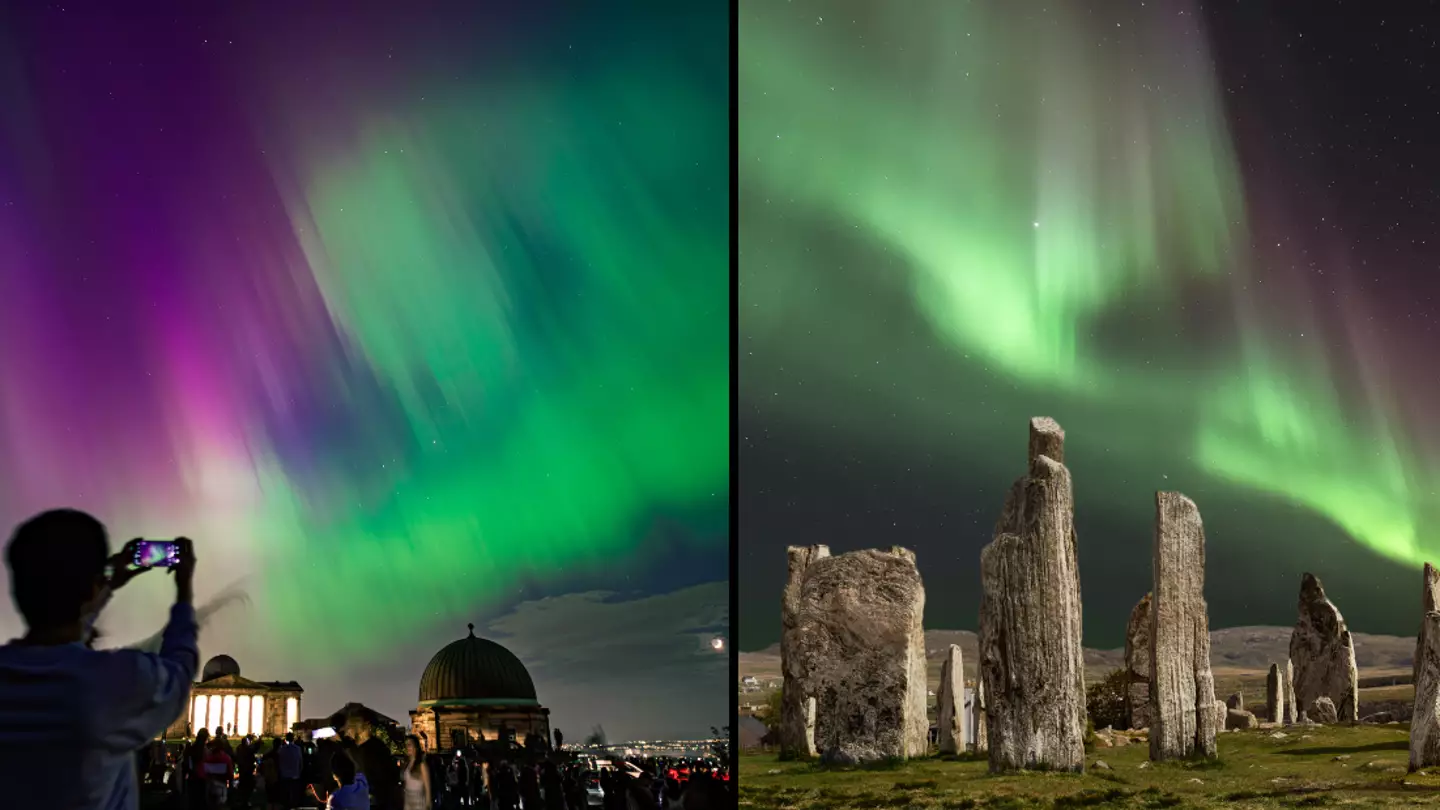
The Northern Lights are set to be visible for some people in the UK once again, just weeks after the natural phenomenon took over large swathes of the northern hemisphere.
Skies across the United Kingdom were lit up in May when millions were given the ability to see the aurora borealis from the comfort of their doorsteps and back gardens.
A natural phenomenon that people spend thousands to see on excursions to Iceland, millions of us saved our cash thanks to a huge solar storm that lit up the night skies from the Shetland Islands to Margate.
One US agency, the National Oceanic and Atmospheric Administration (NOAA), categorised the solar storm as Level 5, which means ‘severe’ levels of geomagnetic activity hitting the Earth after explosions on the surface of the Sun.
And now, the Northern Lights are set to be visible across the UK once again, less than one month after the extreme showing.
Now for the science bit. Every 27 days, the Sun rotates on its axis. It means that solar storms regularly happen in a direction away from Earth.
But it has now come back around, with recent volatile activity on the surface of the Sun pointing directly towards us.
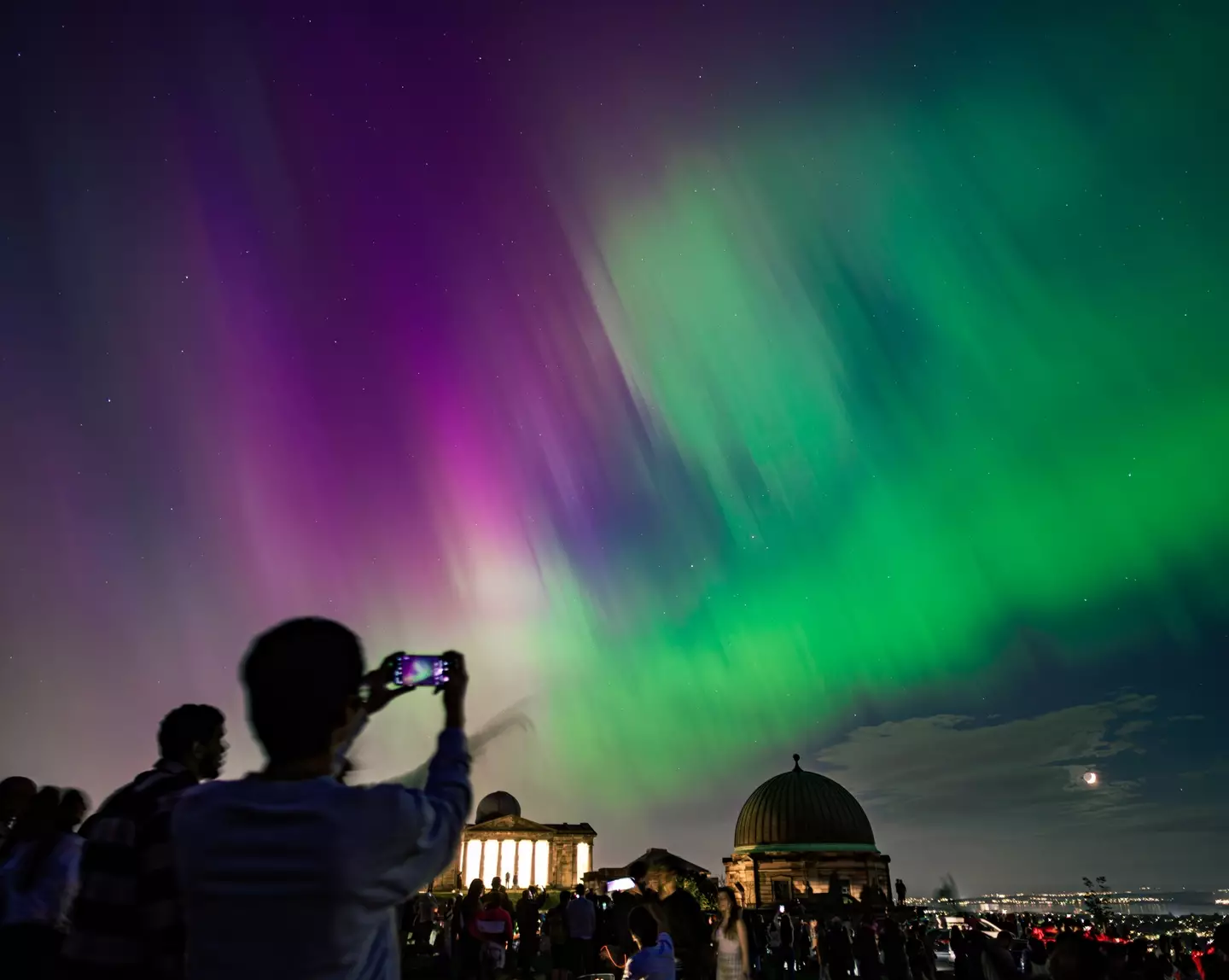
Stunning (Getty Stock Images)
The result? An increased chance of a repetition of what we saw in May after the European Space Agency’s Solar Orbiter recorded a major solar flare on 20 May.
Directed away from Earth at the time, scientists ranked it as X12. In normal speak, this means the largest solar storm recorded since September 2017 and bigger than the one we saw last month.
To put this in context, the solar flare itself is 15 times wider than Earth. So pretty massive.
Now, according to boffins at the University of Alaska Fairbanks Geophysical Institute, the Northern Lights will be visible in some areas of the United States, Europe, and Canada.
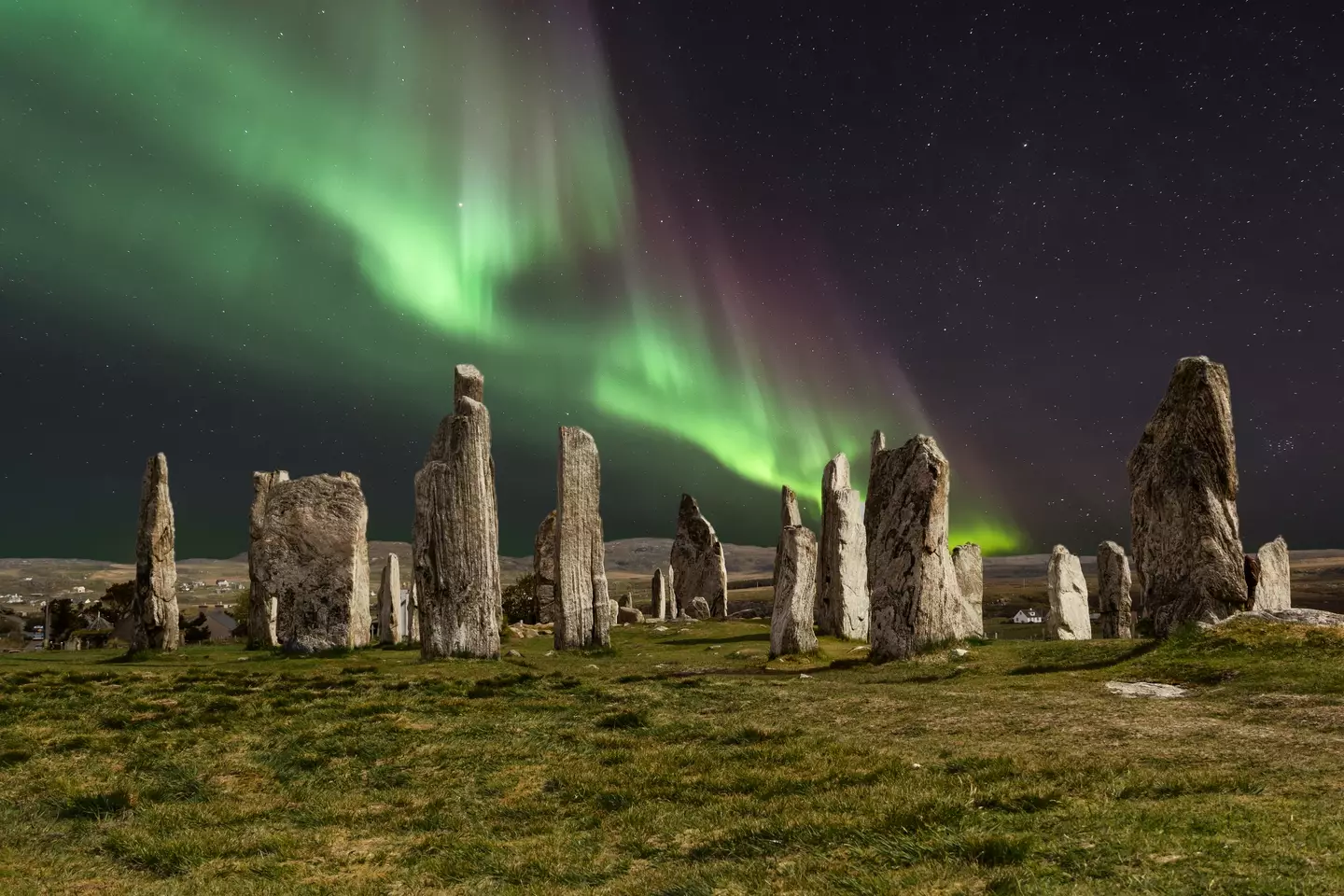
Could we see them again? (Getty Stock Images)
Across Europe, they could be visible in Norway, Sweden, Trondheim, Oslo, Stockholm, and Helsinki.
Ryan French, a solar physicist at the National Solar Observatory in Colorado, said that the sunspot might be visible from Earth from today (6 June).
And it could last until Sunday (9 June).
Speaking to Live Science, he said: “As soon as the sunspot starts to appear, we will enter the window of opportunity [to see the Northern Lights].
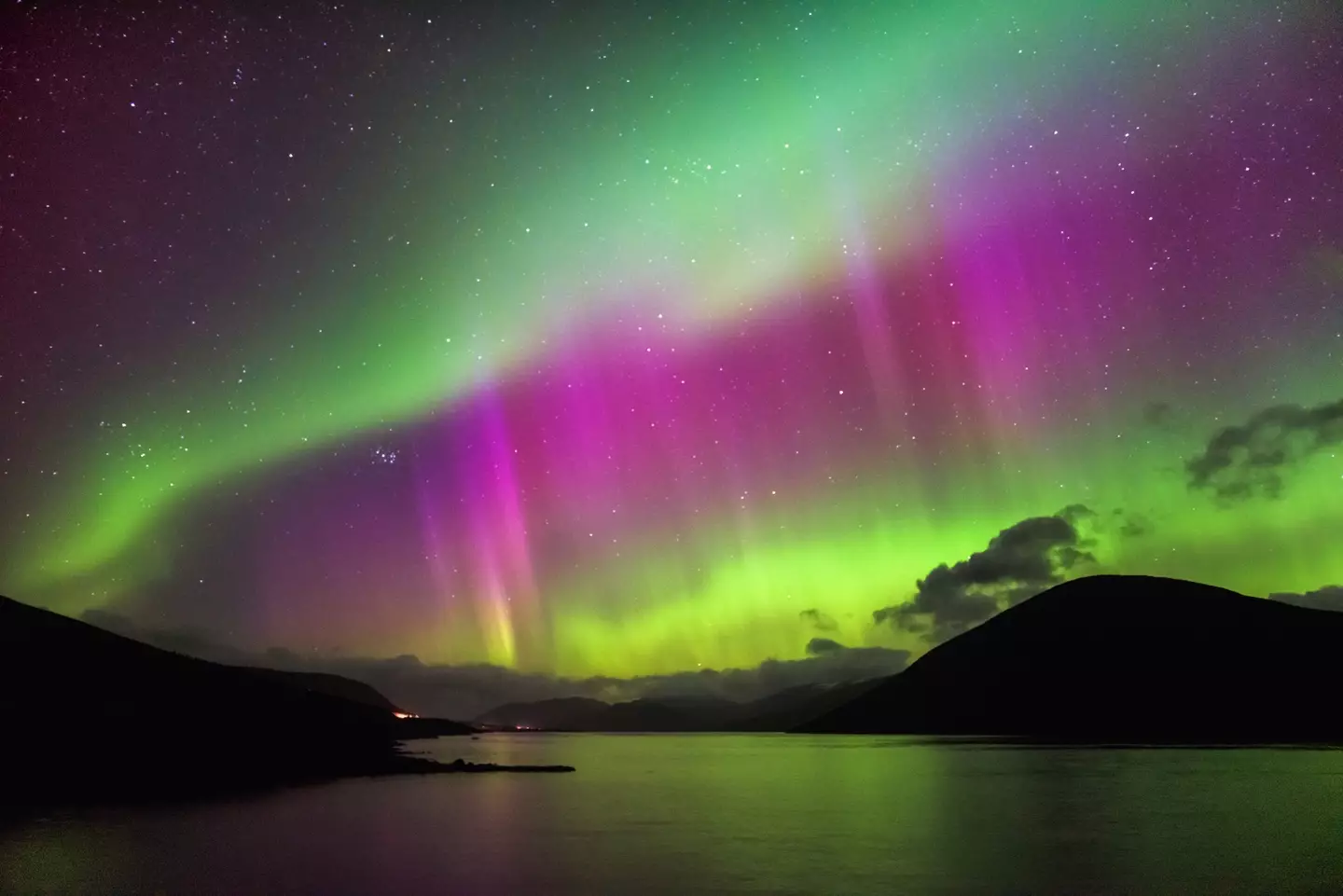
Northern Lights in Scotland (Getty Stock Images)
“Earth is most affected by solar storms when the sunspot reaches the middle of the sun as seen from our planet. That’s exactly where it produced all of those large flares.
“However, we could still be affected if another solar flare is as intense as they have been. But in theory, if you had a large enough eruption, even if it’s to the left of the sun’s centre, we could still get the edge of that impact.”
Featured Image Credit: Getty Stock Images
